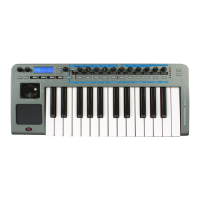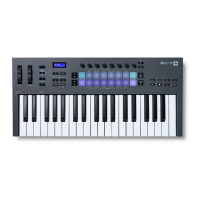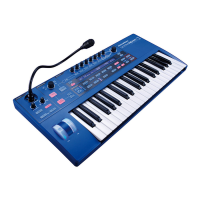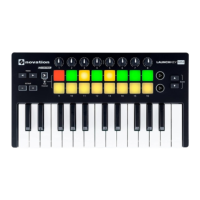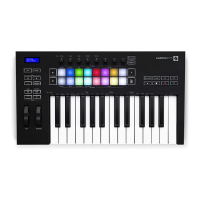QUICK START GUIDE
Selecting the X-Station as the Audio Device
• 5 •
Selecting The X-Station as the Audio Device
Open the music application such as Steinberg Cubase, Emagic Logic,
Cakewalk Sonar, MOTU Digital Performer or Propellerhead Reason and
select the X-Station as the Audio and MIDI Device.
Selecting the X-Station as the Audio Device in Cubase SX or SX2
In Cubase SX or Cubase SX2 open the ‘Device setup’ window from the
pull down menu under ‘Devices’
In the ‘Device setup’ window, click on ‘VST Multitrack’ A display similar
to the following illustration will appear. There are drop down selection
boxes titled ‘ASIO Driver’ and ‘Clock Source’ Click on the ‘ASIO Driver’
selection box and select ‘X-Station’.
The X-Station Control Panel
Certain audio settings may be changed by clicking on ‘Control Panel’ in
the Device setup window. A panel will appear as illustrated below.
Devices
The X-Station will be selected as the default device. No other device
will be selectable.
Sample Rate
This will be set to 48kHz and cannot be altered. It confirms that the
speed of data flowing backwards and forwards through the USB cable
is 48kHz. This is not to be confused with Audio recording rates of 44.1
kHz and 48kHz.
Resolution
This will be set to 24bits and cannot be altered. It confirms that the size
of data flowing backwards and forwards through the USB cable is up to
24bits. This is not to be confused with the Audio recording bit depth set-
tings of 16bit or 24 bits.
Application Priority
This will be set to ‘High’. It will tell the Audio system to take priority over
any other processes active in the PC. At ‘High’ priority it will allow an
uninterrupted stream of audio to flow from the sequencer. Setting this to
a lower priority will speed up other applications running on the comput-
er but may cause clicks and glitches to occur in the audio stream
Use Dithering
Sound quality can be improved by adding a amount of ‘dither’. Leave
this set to ‘checked’
About Latency
Latency is the amount of time it takes for the Audio Input Analogue sig-
nal to be converted to a digital signal, sent along the USB system,
processed by the sequencer, then sent back along the USB system and
converted back to a Analogue output signal. A latency time of anything
more than approx 10mS will start to be noticeable.

